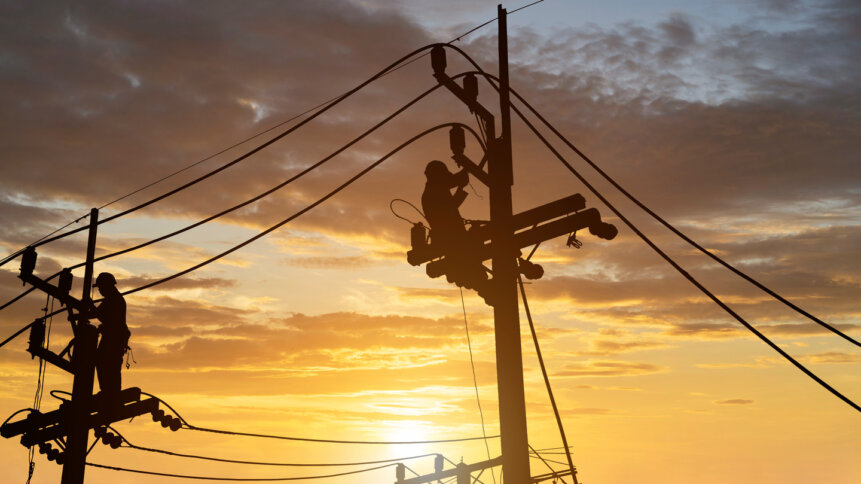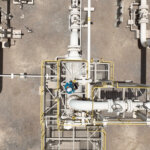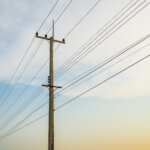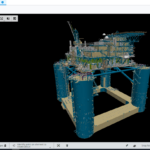Digital twins – maintaining the electrical grid of the future

In Part 1 of this article, we spoke to Joe Travis, Vice President of Energy Industry Solutions at Bentley Systems (a leading provider of digital twin technology), about how digital twins were revolutionizing the electrical grid and what it can do – especially in terms of keeping the lights on for all the times they’re needed.
While we had Joe in the chair, we asked him about how digital twins are helping boost resilience – and the expectation of resilience in the electrical grid, so that in future, the idea of electrical failures will be almost unheard of.
The nature of ideal resilience.
THQ:
We’ve said that digital twins are helping to increase the resilience of the electrical grid by designing elements of the grid with strength and resilience firmly in the front and center of the equation. What does ideal resilience look like?
JT:
Well, you want to keep the power on 100% of the time, right?
But I think it’s being able to know when you can put an increased stress on your system – and when you can’t. In times of extreme heat, or extreme storms, or ice, you know, knowing what you have to do to make the grid resilient to those things, that’s ideal resilience.
The Texas power grid is a good example. The ice storm they had a couple of years ago brought down a large portion of that grid, when they probably could have pushed through and continued to push through additional power. And so we want to keep the power up 100% of the time, no matter what tries to stop us. That’s what ideal resilience looks like.
THQ:
How much surprise are you uncovering, because in Part 1, you mentioned that some operators don’t actually know what resources they have. Presumably there’s been the assumption that it’s always worked, so it’ll continue to work, so how much of a surprise is it to them when you’re able to pinpoint exactly what resources they have in the field?
READ NEXT

Digital twins in power generation
The loss of tribal knowledge.
JT:
There’s a lot of tribal knowledge that has been lost in utilities right now, with the number of people that are retiring on a daily basis. Many of those linemen are the operators who actually built that system, and they have a deep familiarity with the system itself, especially in all the tiny places way off in the rural areas on their system.
They know that system. And as they’re retiring, some of that knowledge has been lost with them. So the ability to phone a friend or ask one of the old-timers at the utility, for instance, what’s behind the old red barn that used to be there (and is on an old aerial photo) – people don’t know that anymore, right? That’s why it’s important to have this asset mapping capability. That’s so key to understanding exactly what you have on your system.
And that’s why this reality modeling is a big piece of the work we’re doing. To be able to go out and quickly fly by a substation with a drone can be critical to the success of the project.
The long drive.
We’re dealing with a system in Australia where they have 400 substations in the rural outback of Australia. And to know what they need to be able to fix a piece of any one of those substations, it’s a long, long drive to the middle of nowhere in the outback. And so it’s very important for them to understand what they have, so that they can take a truck with the right equipment, and the right type of crane, to know the clearances that they need to be able to extract a piece out of that substation the first time. You really don’t want to have to make that drive twice.
THQ:
There’s a similar project going on in Sydney Airport, isn’t there – with a similar sort of issue? You really don’t want to be crossing huge swathes of even relatively urban Australia to turn up and discover you have the wrong wrench.
JT:
Exactly – so that helps a couple of different things. Not only does it help the reliability, to be able to get the power back on quicker, but it also helps sustainability in some cases, because your carbon footprint is significantly lowered if you can ensure you’re only making one journey of that kind and length.
THQ:
And you’re saving money too, of course – especially with the cost of fuel these days, and the subsequent cost of engineer time twice over.
JT:
Right. Having accurate records and accurate mapping systems is key to making sure that you deliver good consumer experience as well, so getting the power back on and getting it up 100% of the time, that’s the goal.
THQ:
Digital twins, delivering sustainable power, sustainable service, and sustainable value, all at once.
Improving the future with digital twins.
JT:
Exactly. But that takes investment to achieve in the first place, in hardware like drones, and in training for their operators. Training to use the software to a good extent, too. The point though is that while it takes that investment up front, it pays off tremendously on the back end.
THQ:
That’s the point of digital transformation, isn’t it? Pay now, save later, advance and enhance the way the world works along the way?
JT:
That’s it in a nutshell, yes. We’re using digital twins to improve the systems around the electrical grid, and everybody wins from that in the long run.
THQ:
And the lights stay on.









